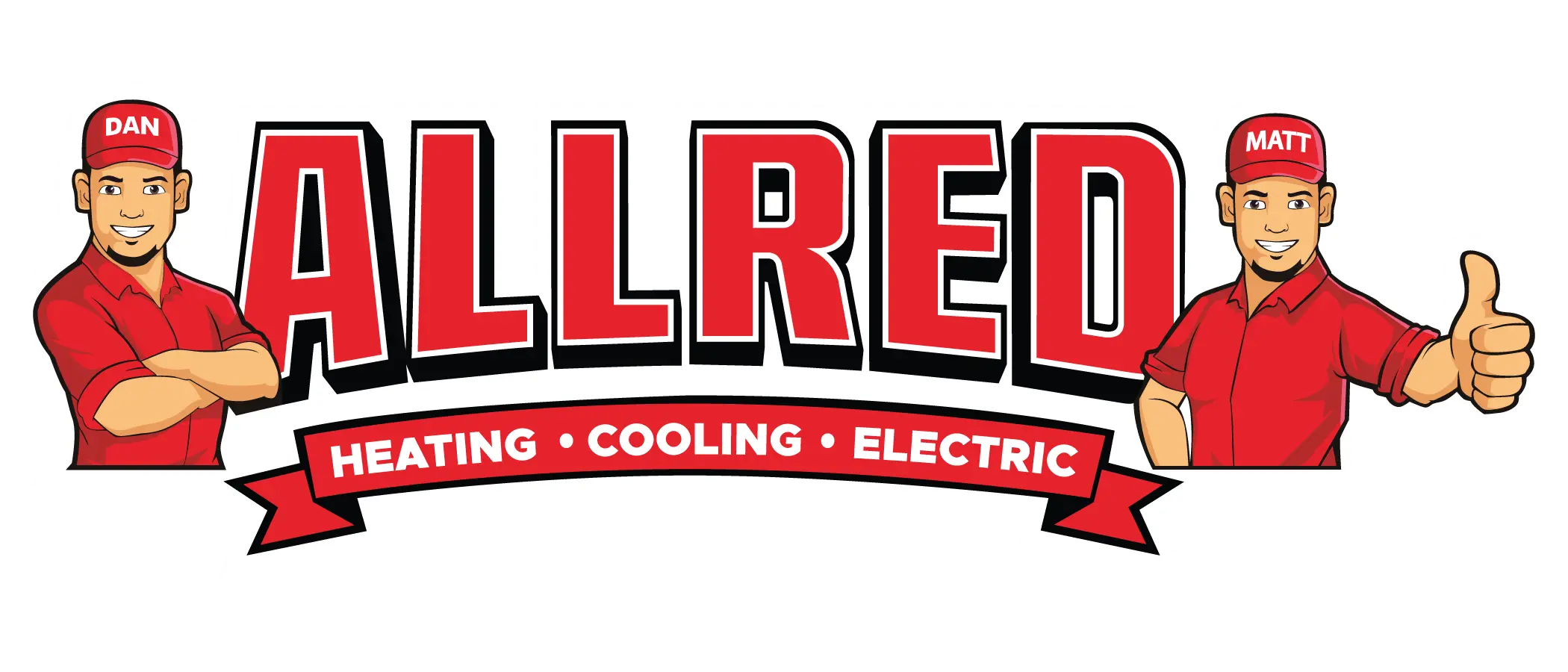Must Know Maintenance Tips
- Replace Your Curtains: One way to reduce heat loss is to add insulated window coverings or curtains. You can purchase thick curtains or drapes at your local department stores and these will slow the rate of heat loss by about 10%, according to the Department of Energy. These new window coverings will cost pennies on the dollar when compared to window replacements and will pay dividends come winter.
- Replace Old Windows: According to the Department of Energy, windows are responsible for as much as 30% of residential heating usage. This is due to the amount of heat that can escape from your windows and seals. If your windows are old and outdated, then it might be worth considering an upgrade. We recommend modern dual-pane windows because they can keep warm air inside your home and reduce the strain on your HVAC system.
- Improve Your Insulation: If you want a long-term solution that will significantly improve the eco-viability of your home, then you should consider upgrading the insulation of your home. Insulation is rated with the letter “R,” followed by a number. The “R” value refers to the density, thickness, and type of insulation. The higher the number is, the better the thermal resistance rating. Anything below an R-38 is considered to be under-insulated. Having insulation greater than the recommended levels can boost your home’s heating efficiency.
- Check For Leaks: While it never hurts to contact a certified specialist to check on leaks, you can easily do so yourself. Carefully inspect dryer vents, areas around chimneys or anywhere else where you have external vents. Caulking or weatherstripping are cost-effective ways of sealing off any gaps that you may find.
- Upgrade Your Thermostat: If your home has an old-fashioned thermostat, then you should consider an upgrade. Making the switch to a smart thermostat will not only offer added convenience, but it can be the key to improving your home’s eco-viability this winter. The Department of Energy found that adjusting your thermostat by as little as 7 degrees Fahrenheit for 8 hours can save you as much as 10% on heating and cooling costs. With a smart thermostat, you can adjust temperature settings while away from the thermostat (from a smartphone) and one brand we prefer is NEST.








